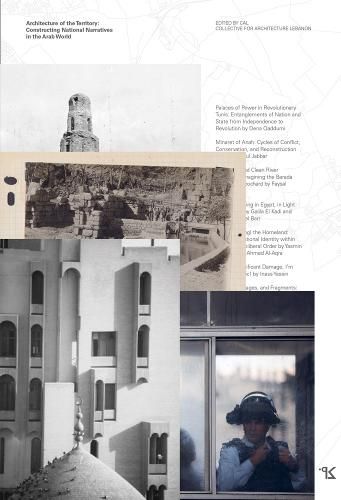Readings Newsletter
Become a Readings Member to make your shopping experience even easier.
Sign in or sign up for free!
You’re not far away from qualifying for FREE standard shipping within Australia
You’ve qualified for FREE standard shipping within Australia
The cart is loading…






Reflections on the role of national narratives and urban development in shaping the Arab world
This publication examines the role of national narratives in defining the Arab territory through the strategic implementation of architecture and urban planning. The Arab region, home to 423,000,000 inhabitants, is almost twice the size of the United States but still lacks sufficient and accessible research. Architecture of the Territory uncovers the mechanisms that have shaped this distinct territory, providing a critically overdue examination of the dichotomy between the overplanned cities of autocratic governments and the post-conflict urban sprawls of precarious states in the Arab world, where national narratives have acted as a vehicle to implement the development of these territories. The book opens a dialogue between young Arab researchers and professionals covering, among other subjects, tensions inherited from colonial borders; agricultural strategies; and imported housing typologies and narratives. The content draws a parallel to similar issues found in the global architectural discourse of today.
$9.00 standard shipping within Australia
FREE standard shipping within Australia for orders over $100.00
Express & International shipping calculated at checkout
Reflections on the role of national narratives and urban development in shaping the Arab world
This publication examines the role of national narratives in defining the Arab territory through the strategic implementation of architecture and urban planning. The Arab region, home to 423,000,000 inhabitants, is almost twice the size of the United States but still lacks sufficient and accessible research. Architecture of the Territory uncovers the mechanisms that have shaped this distinct territory, providing a critically overdue examination of the dichotomy between the overplanned cities of autocratic governments and the post-conflict urban sprawls of precarious states in the Arab world, where national narratives have acted as a vehicle to implement the development of these territories. The book opens a dialogue between young Arab researchers and professionals covering, among other subjects, tensions inherited from colonial borders; agricultural strategies; and imported housing typologies and narratives. The content draws a parallel to similar issues found in the global architectural discourse of today.